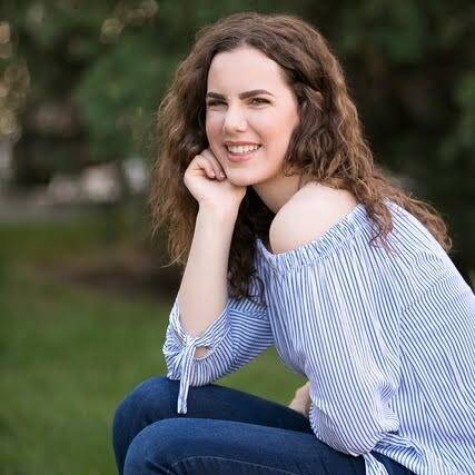Introversion and extroversion, once helpful terms to better understand someone’s psychology, have since been skewed negatively within society. Now, certain stereotypes accompany those terms, forcing people into boxes based on factors regarding their preferences.
In their simplest definitions, introversion and extroversion refer to how individuals find their energy. Introverts tend to find energy through alone time and looking inwards, whereas extroverts tend to find energy by being around and interacting with others.
However, society has attached connotations to each term, making archetypes of how individuals within the categories should act. Doing so makes it seem as if every introvert and extrovert is the same when in reality each one is an individual with different traits.
Senior Peyton Haas views herself as an introvert but does not agree with all of the connotations the term may bring. “I think the term introvert has been incorrectly associated with being shy and not liking other people. I think people sometimes tend to avoid introverts because they just assume that’s what they want,” she said.
Haas does not fit into all of these conceptions. “Just because I’m an introvert doesn’t mean I can’t have fun in groups or have lots of friends. You just have to find the right people who make you feel comfortable and who accept and understand you,” she said.
PVHS psychology teacher Ann Berger agreed with Haas. “A lot of people think that introversion is synonymous with being shy. This is not the thing. It is a big misconception,” she said.
The same is true for extroverts. Often, extroverts are viewed as people who only want the center of attention, when that is not always the case. Just because someone fits in more with one term does not mean that they have to exclusively have those traits.
However, in general, society exalts the extrovert archetype. Throughout the past, being outgoing has been viewed as something everyone should strive for. The book “Quiet: The Power of Introverts in a World That Can’t Stop Talking” explains this concept. In it, the author Susan Cain also writes about the essential components that introverts bring to the world.
Berger believes this book is important and powerful. Every year, she has her students take a quiz from it in order to see if they are more introverted or extroverted. Interestingly enough, when students take it, Berger said many of them express relief when they find they are extroverts. To her, this shows just how much society exalts and expects extroversion.
Berger cited specific examples to prove her point. “We lawed the loud. We force you to do group work. We are concerned if your child doesn’t speak up in class.” She believes this should not be standard. “Just because someone processes things differently does not mean it is bad.”
In their experiences, both Berger and Haas have faced the stereotypes that accompany being an introvert. Berger, an introvert, often surprises people when she tells them about her introverted nature. Her ideal weekend would be spending time at home or with close friends, eating dinner.
In the past, Berger felt like she had to correct herself in order to fit in with the more extroverted society. “I would force myself to do things expected to be a ‘normal person.’” Now she is comfortable and proud of being an introvert. “I’m honestly not out to please anybody or be what people expect me to be,” she said.
Haas is also proud to be an introvert. She spoke of her experience as an introvert. “People tend to treat introversion as a weakness or something that needs to be overcome. I’ve never viewed it like that and don’t view it as something I need to change in order to succeed or make friends.”
However, even the two terms themselves are not representative of the majority of the population–in reality, the majority of people are ambiverts. Ambiversion is having the characteristics of both an introvert and extrovert. Berger explained that introversion and extroversion are scalar. Most people fall in the middle of the two extremes.
People only lump people into those two terms and categories because it is easier to understand. Berger said, “We need everything simple. Most average people try to simplify things.”
Haas agreed. “In reality, I don’t think [this topic] is black and white. Introverts may be more extroverted in some situations and with different people. Extroverts might need some time to themselves after a big group. It all just depends,” she said.
Taking Cain’s “Quiet” Quiz , which Berger referenced, can help people discover where they fall on the introvert-extrovert spectrum. According to Cain, understanding the results from this quiz can help people to live happier lives by choosing the paths best suited for them.









